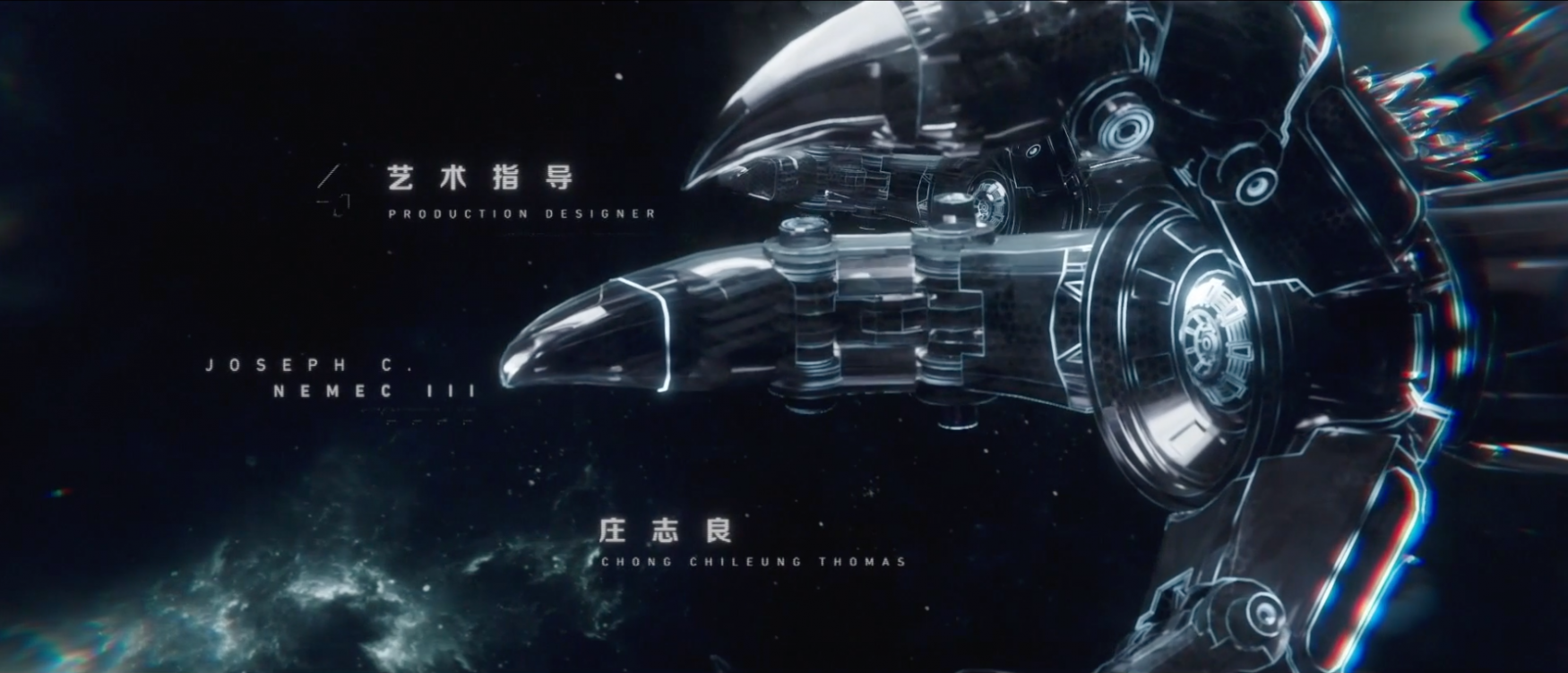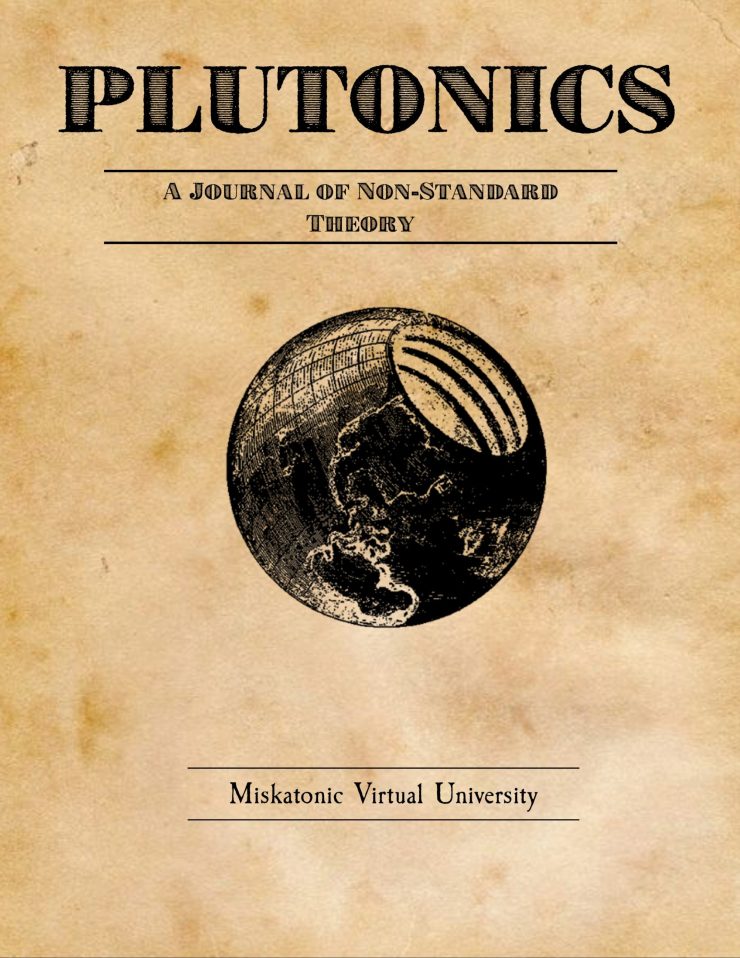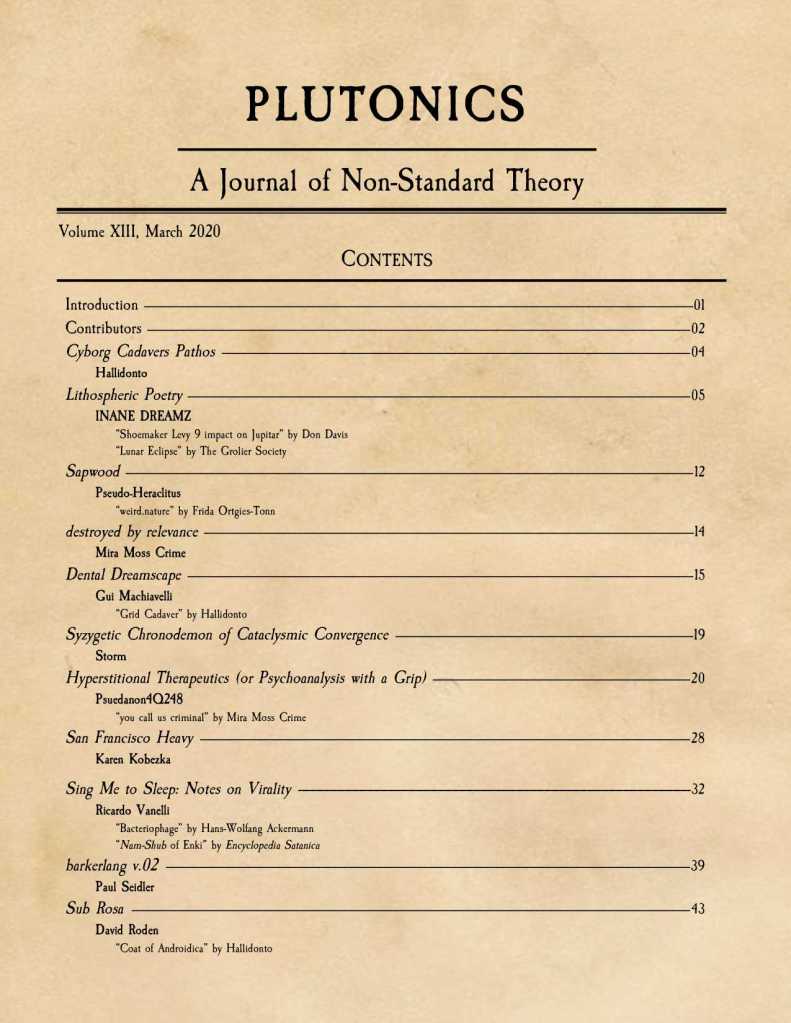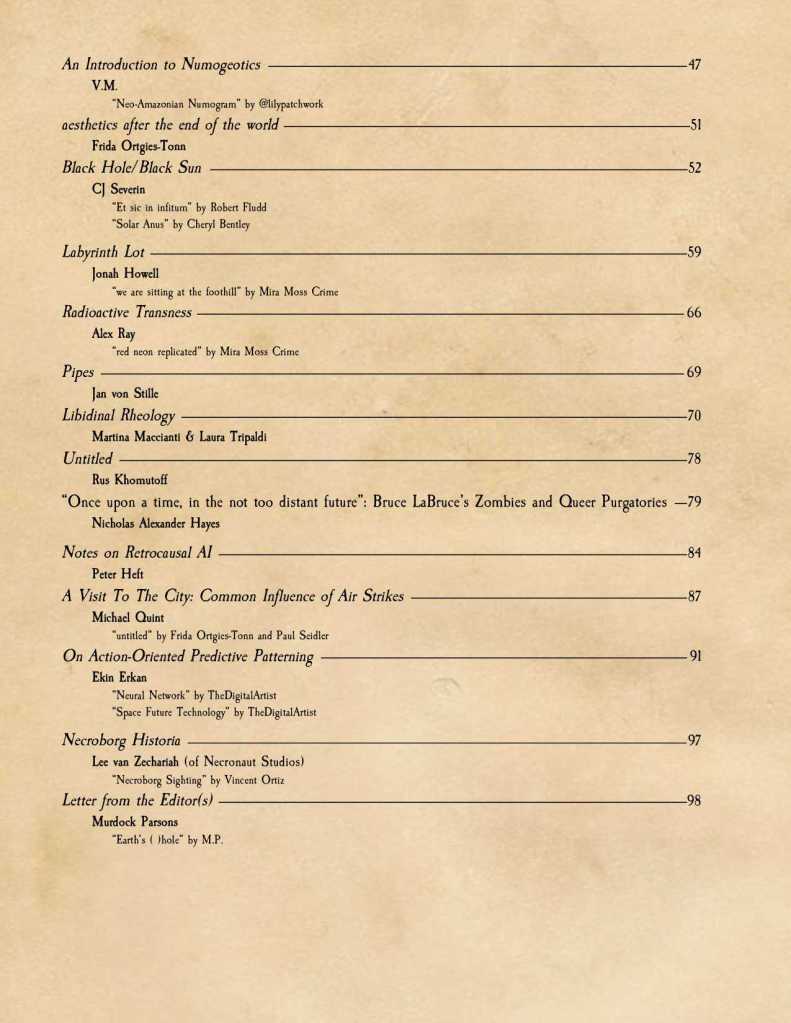timespace coordinates: near-future Shanghai, China
directed: Teng Huatao
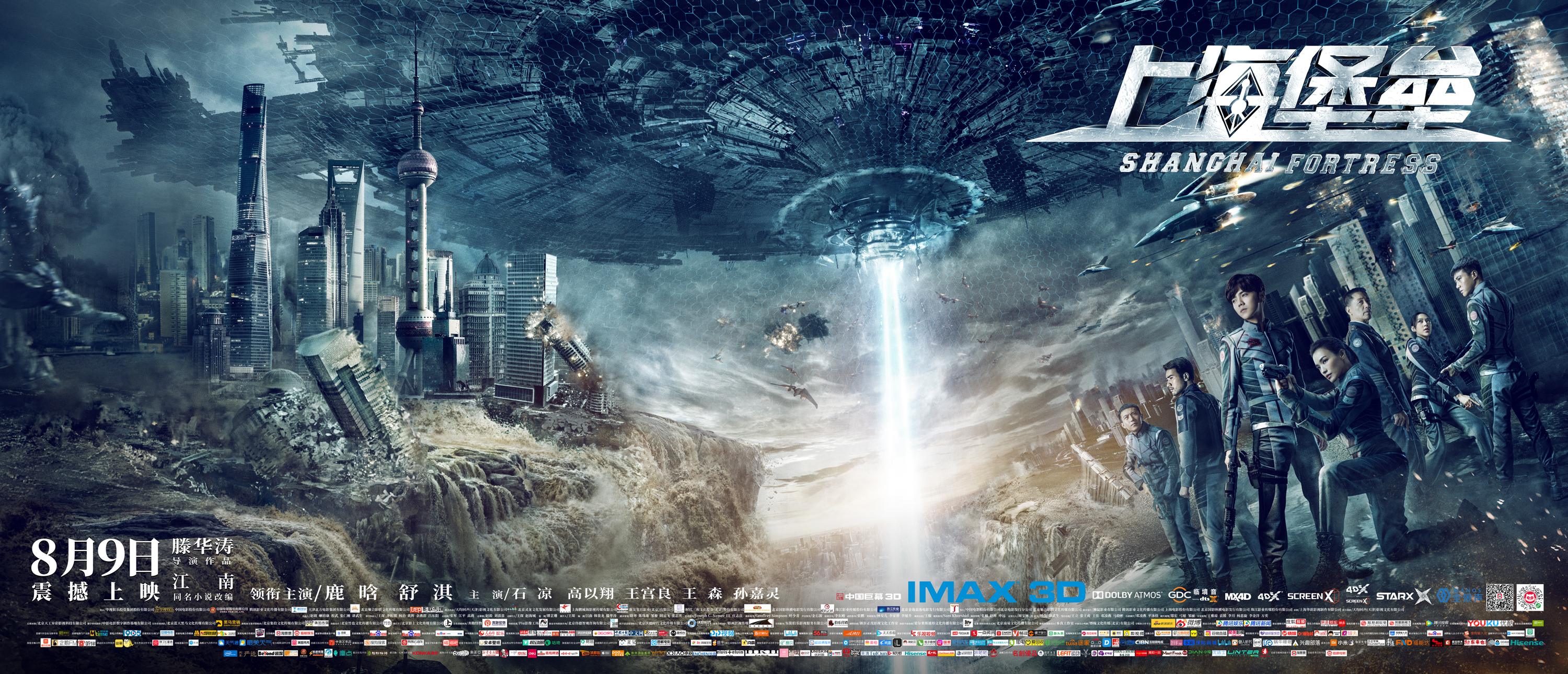
The movie was based on the Sci-fi novel from 2009 Once Upon A time in Shanghai by novelist Jiang Nan. From what I understand Jiang Nan was born in 1977 and although relatively unknown in the West (in comparison with Cixin Liu let’s say) has a huge reputation in China, and a huge following among teenagers. He wrote one sprawling feudal saga (completely unknown to me) – situated in the Novoland universe (where a series of kingdoms are situated respectively on the Eastern or Northern continent and named Xiantang kingdom, Li kingdom etc). Novoland forms a true Chinese media franchise (a Chinese response to the Lord of the Rings) that also includes his Novoland: Eagle Flag a successful Chinese TV series based on a fantasy book that used the province of Xinjiang (a place of uighur re-education/labor camps) as a set. He is also CEO of Beijing Smart Dragon Cultural Development Co, Ltd.

From the start I want to say that Shanghai Fortress is interesting for what it is not. After airing, it was heavily criticized by Chinese moviegoers and fans. So much so, that the film director had to publicly apologize online after so many found it so disappointing and gave it low cringy ratings. The phenomenon of powerful ‘entitled’ fandoms is not typical to the West nor new, altough it has gotten extreme of late. Fans have been actively involved in culture wars, disputes about ‘wokeness’ or targeting and hacking to pieces big-budget movies. Fandom won’t join the bandwagon all the time and movies that aim to rouse up feelings of nationalism or stand out as gung-ho patriotic are not without risks. Today there’s is more and more need to speak of related fandoms and inter-related media convergence phenomena m, even more so that in the 1990s cultural poachers era encapsulated by Henry Jenkin’s foundational text. Considering the fact that a lot of joint capitalist huge franchise products movies (Mulan comes to mind) as well as big brands (such as Dolce Gabbana racist adds) have been boycotted in China because of their cultural insensitivity and even neglect of local context one should always factor this when considering a sci-fi movie’s balancing act. Mulan & Gabanna have been accused of being openly racist and for promoting whitewashing & stereotypical media portrayals in a commercial context. Although the question still remains – if it is a case of users data (complaints) updating a multinational commercial monolith to their customer’s new sensibilities, buying power and valid cultural critiques. It seems like everybody involved in the production apologized for this film (including the author Jiang Nan) for being such a downer with fans, reflected in box office collapse and most online Chinese critics agreeing that is is mainly a bad melodrama love story between army officers with very few sci-fi (decorative) elements (compounded by bad FX that sometimes look as coming from another era).

It is sad indeed that the first movie to shift the – Alien Invasion – (probably inaugurated by Independence Day blockbuster) view from visible highlights of US (Washington, NY) towards other cosmopolitan vibrant cities of the Global South – especially the new sino-futuristic Mecca Shanghai with its newly recognizable skyline, has fared so bad. This is why a South African situated District 9 (2009) sci-fi is such a treat and why all the kaiju movies made Tokyo city into such an apocalyptic emblem. In this perspective even Moscow has fared better with Fyodor Bondarchuk introducing hood ‘sleeping quarter’ backdrops, with ‘othering’ narratives that are recognizably local (Chertanovo hood), taking anti-migrant violence or Russian transhumanism as starting material for his Invasion franchise. Shanghai is still being portrayed better in smaller productions and even gets a better chance apparently in Western US futuristic ones (Looper altough with Chinese backing and a hungry eye for the Chinese moviegoer market). I don’t want to trash the concept art and especially the SparkWarrgon work on HUD interfaces, system keyboards, the general’s seat, and control rooms that has lots of details and interesting aspects.

Aliens have always were a place-holder for colonial ‘others’ (be it foreigners, minorities, emigrants or the so-called ‘uncivilized’ or their superior exploitative others or in rare mostly Soviet and Posadist – better, peaceful and more cooperative ETs) and where such movies as Avatar can provide a stark example of post-human eco-utopian ultrahumanism and mysticism (as per Claire Colebrook) or reverse identification (Dave Higgins) fantasies after identifying with agents of imperial conquests became untenable in both countercultural as well as more mainstream (Avatar being a clasic example).
Already the term Fortress – Shanzhai– is historically charged, almost like a polity, a polis in itself, one that is autonomous, proud and even rebel. In the literary classic – Water Margin the Fortress (“Shanzhai”) in Shandong was the governmental double, a state within a state, the centrifugal force of the Chinese ‘haiduk’ marshland provincial resistance. The Fortress was harboring the discontented, the disgraced army members, the petty criminals, defrocked Buddhist monks etc all united by the distaste (not for the Son of Heaven mind you!) but for the corrupt officials, the leeching, profiteers at the Imperial court. Shanghai is not the sinofuturist smart model city, it is also the place of the 1st Congress of the Communist Party that traces its origins to a meeting in the Shikumen (typically Shanghaiese architecture style) building inside the French concession taking place during July-August 1921.
In the Shanghai Fortress- Scifi the city of Shanghai becomes the last resistance of the Earth against a rote – script of usually more technologically advanced and rapacious Aliens. And in China’s case “aliens” – and technologically advanced ones, have been mostly foreign European powers including the British Empire. ‘Alien powers’ that have humiliated China and who’s gunboat politics have remade China into an Opium addicted dragon, opening its ports to unequal trade and even making the Imperial government hand over several territories including concessions in Tianjin as well as the placid fisherman village of Hong Kong. Although it is important to track this anti-foreigner – xeno- alien- phobia in China’s history, these particular (US, British, French, German, Japanese etc) ‘foreign devils’ were the ones who forcefully opened and brutalized China, while bleeding it for resources.

During the infamous Cultural Revolution, Zhang, Yao and Wang three party leaders of the later -infamous “Gang of Four” (that included Mao’s wife Jian Qing portrayed but also sadly caricatured in Adam Curtis last documentary) secured the city of Shanghai for Mao.
Subsequently, they represented a threat to the power struggles following Mao’s demise and clashed with other shards of the petering Cultural Revolution – even before the winning faction finally taking over: the central reformist path of Deng that took the lead towards accelerationist economic policies. One can keep this background in mind when watching the movie if it makes it less boring and stiff that is.

That being said it is increasingly apparent that such Scifi movies – as Shanghai Fortress- may represent a visual cinematic exemplification of actual new concepts officially introduced by the CCP in order to challenge older notions of inter-departmental separation in previously loosely bound economic and defense spheres. It is a move away from the former centralized planned economy and defense and into a joint “military-civil fusion” (军民融合, jun-min ronghe) that is fast becoming the force behind economic planning as well as Chinese corporations. This is something not really well understood outside of China, and it is a shifting and evolving policy. During the recent talk of US-decoupling from the Chinese economy and trade wars – Huawei has been targeted as such a (nefarious as described by detractors in the US, Australia etc) high-tech long arm of the CCP & and infrastructural implementation in convergence with Chinese state security and incurring backdoors, security breaches etc being strategically planted. This of course tends to blandly paste over all the post- Snowden 2000s NSA reveals that show how much high tech (mainly Silicon Valley) Big tech is also being infiltrated (or in-grown by US state security apparatuses), invested in Chinese rare minerals/open markets or coopted by openly right-wing vested interests.
In this Scifi movie – the hightech military alliance is very important as preparation for any worst case scenario. There is a shield (a kind of Chinese Wall Dome that covers the city) but also under the city there are vast technological operations securing its energetic autonomy (via independent generators) and ability to last a long siege. The film also touches upon an important diplomatic fact – importantly in my view – it remains somehow doggedly international – it has this planetary stance (a bit like the Zion last Human city in Matrix) and makes efforts to portray its military brass as human(humanistic?) as possible, with romantic interests, coffee brakes etc and such and not too many enhancements.
